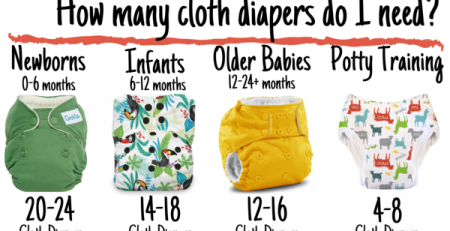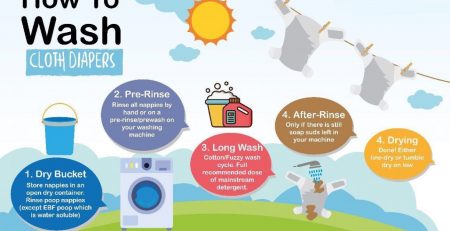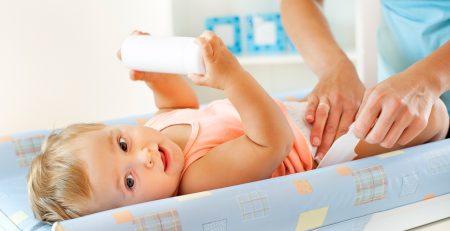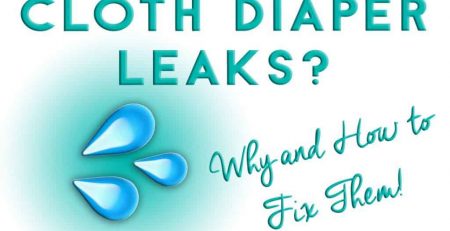Reusable Cloth Nappies – The Pros and How To Use Them
Are Reusable Diapers/Reusable Baby Nappies Safe?
Yes, reusable diapers/reusable nappies are completely safe.
The problems that you run into with cloth diapers are similar to those of disposable diapers, and don’t usually pertain to the diaper itself.
Leaving your baby in the diaper for too long can cause a rash, or a bacterial infection if they sit in their own waste for long enough. There’s nothing safer or less safe about cloth diapers.
Pros Of Reusable Diapers/reusable baby nappies/cloth nappy inserts
Here are the pros of reusable diapers:
1. YOU SAVE MONEY
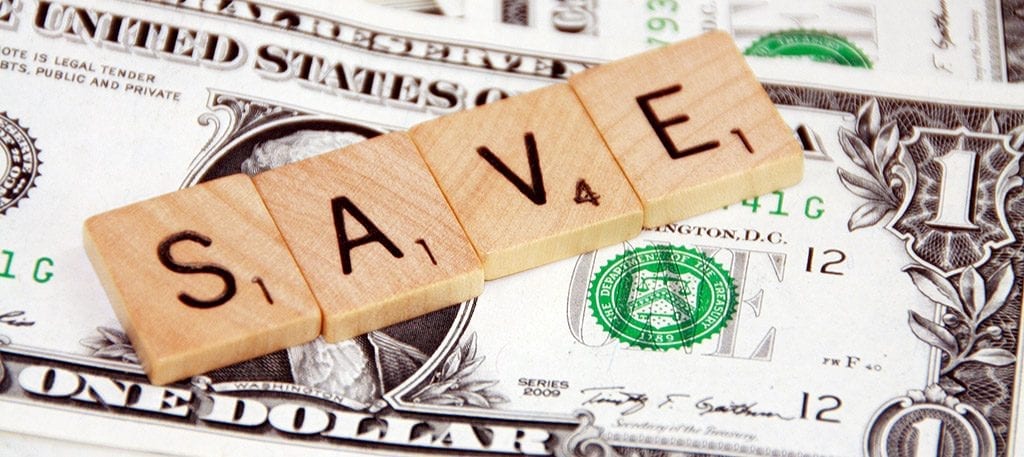
Everyone likes more money, right?
Cloth diapering can save you money in the lower four-figure range, and that’s just for one child.
The average amount of diapers that your child uses in their first year are around 5,400 (mostly during the infant stages).
That’s crazy when you consider the cost of disposable diapers. Even if you opt for a cheap brand of diapers (not Pampers or Huggies, but store brand), you’re still looking at a total of $895.50.
If you buy three packs of six-count cloth diapers, and even a few extra packs of liners, you’re looking at around $120.00 spent, and those are high-quality cloth diapers.
They are usually adjustable, ranging from infancy up to size 5, or around two years of age.
Disposable diapers cost more and give you less when you get into the later stages of your child’s toddler life. At that point, they’ll average eight to ten per day.
Assuming that you have one child, you’ll spend $1,492.50 for two years of disposable diapers, or less than 11% of that on cloth diapers for the same amount of time.
If you have two children, that percentage drops to about 8% of what you would spend on disposables.
2. LESS ENVIRONMENTAL IMPACT

Disposable diapers contain a superabsorbent polymer, which is toxic to wildlife, marine life, and even us humans.
It’s just really bad stuff, and when filled with liquid, it increases the weight of the diaper and the total weight of the plastic waste you’re creating.
In your child’s first year, it’s at least 145 pounds of non-biodegradable waste that is being created. When we look at the biodegradable definition, you can see that this can cause serious problems for our environment.
And it gets worse:
It also costs an absurd amount of fuel to make disposable diapers, upwards of 3.4 billion gallons of oil every single year.
That’s enough to let over 5 million cars run continuously over the same period of time.
It’s an enormous industry, and siding with cloth diapers could cause major brands to reduce their creation costs, causing less pollution all around.
3. NEARLY ELIMINATES SKIN REACTIONS FOR CHILDREN
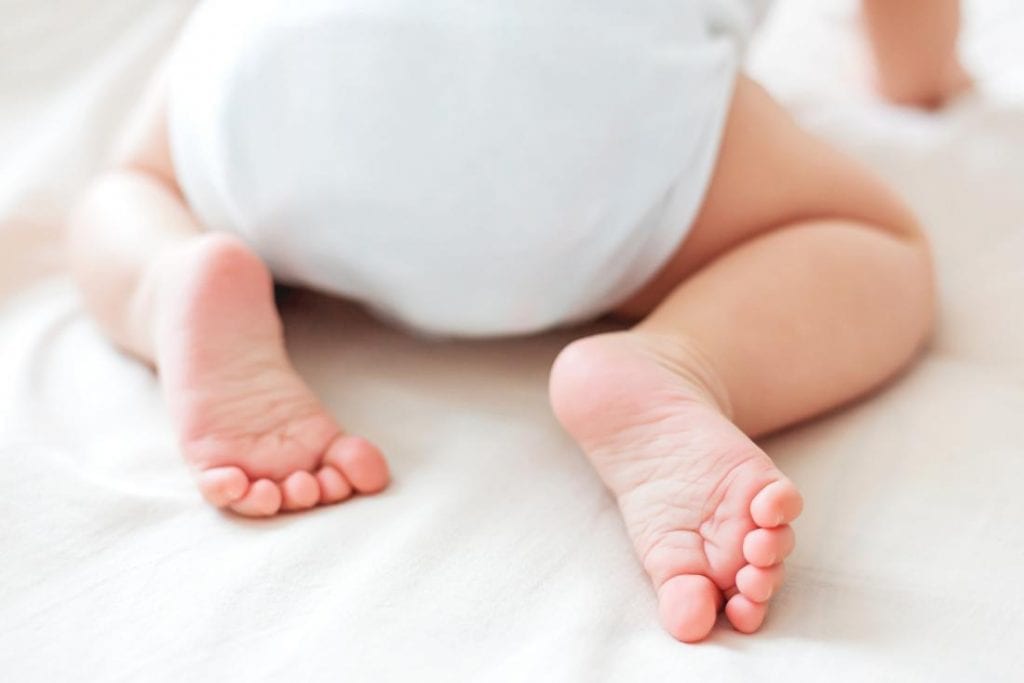
Disposable diapers aren’t exactly the most comfortable things around.
It’s common for children to develop skin irritations, rapid diaper rash, and general discomfort from the various plastics in disposable diapers.
Cloth diapers still have inserts to consider, but most of them are made out of cotton or natural bamboo fiber.
We’re not saying that there are no children who would react poorly to natural fibers, but it is significantly lower than those who react from synthetic materials.
4. NEVER RUN OUT OF DIAPERS
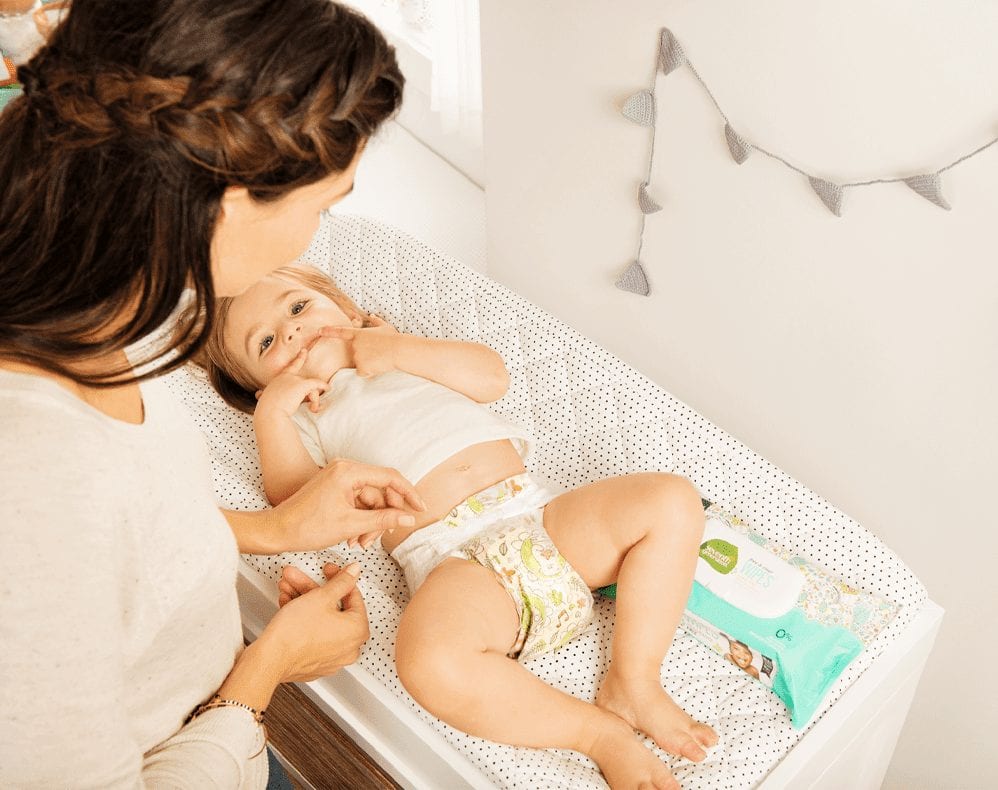
Ever been strapped for cash during a pay week, but seriously needed diapers?
So long as you have a washing machine handy and the electricity is on, you’ll never run out of cloth diapers again.
We talked about annual costs earlier, and while that is great, there’s something stupendous about the peace of mind in knowing your children run zero risk of not having diapers.
5. EARLIER POTTY TRAINING
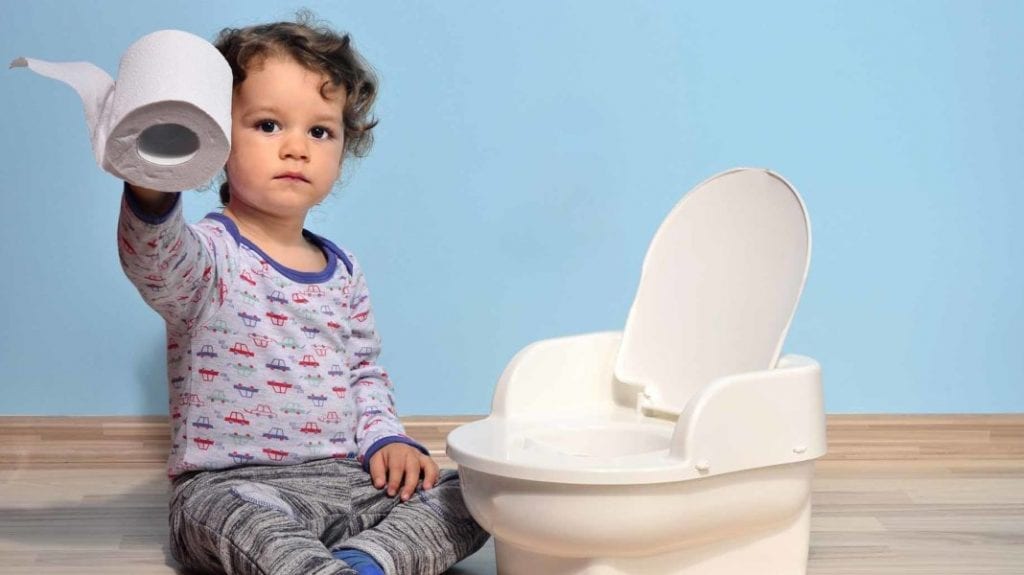
One of the reasons why it’s so difficult to potty train boys is because there’s no consequence in using disposable diapers.
SAP (super absorbent polymer) absorbs all of the wetness feeling, unless the diaper is excessively full to the point of spilling.
They don’t get the sensation of wetness that tells them, “I need to be changed.”
Believe it or not, children really enjoy being clean, and the feeling of the natural fiber liners getting wet will tell them that something isn’t right.
You’ll notice them telling you that they need a diaper change more often, and then the prospect of being potty trained will be much more appealing to them as they age.
How to use cloth diapers/reusable baby nappies/washable diapers/reusable cloth nappies
It really is much like changing a disposable diaper. Some diapers require pre-assembly of the parts in order to be ready to change. For some options you’ll use snaps or Velcro to adjust the sizing to fit your little one.
For all kinds of cloth diapers you’ll change diapers much like you would with disposables, using Velcro, snaps, or pins to fasten the clean diaper around your baby.
In addition to the above information,
- Always close the tabs before throwing the used diaper into your diaper bag or pail, so they don’t get stuck to each other or compromise how they fasten.
- Any snaps along the top of the diaper are used to adjust the waistline.
- Any snaps down the front of the diaper make the diaper as big (long) or as small (short) as is needed.
- Cloth diapers hang down or feel stiff when they need to be changed.
- You should change cloth diapers every 2 hours to avoid rashes.
Before washing the diapers, check the product packaging or look at the company’s website for any recommended washing guidelines because many cloth diaper companies provide precise instructions, which must be followed in order to receive any given warranties if things go awry.
For a detailed explanation, check out How to Wash Cloth Diapers: A Simple Starter Guide. The basic steps to washing cloth diapers include:
- Remove any solid waste from the diaper, prefold, or insert by spraying the diaper down with water. Or you can also swish the soiled diaper around in the toilet bowl.
- Put the rinsed-off diaper in a bag or pail with other soiled diapers until you’re ready to wash them.
- Wash the dirty diapers (no more than 12 to 18 at a time) every day, or every other day, to avoid staining and mildew. You’ll want to do a cold cycle first, no detergent, and then a hot cycle with detergent. Line dry for optimal results.
If all of this sounds a bit overwhelming, don’t fear. The internet abounds with social media groups dedicated to cloth diapering. In-the-know parents share tips, tricks, folds, secrets to washing, and more.


